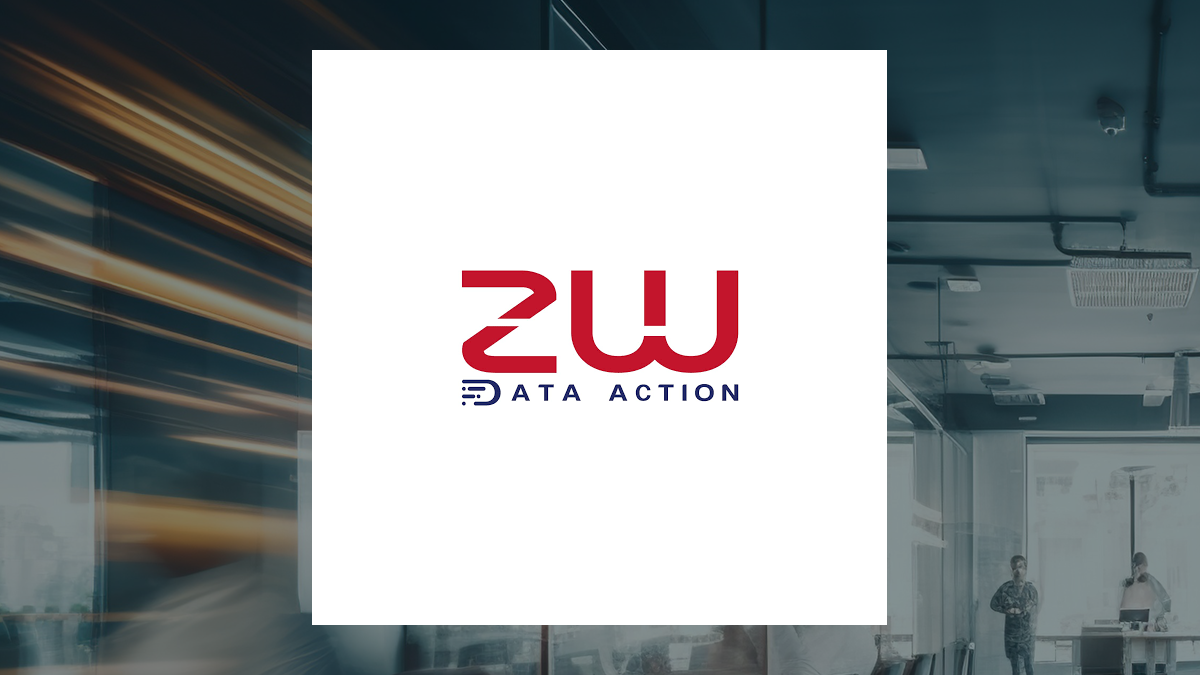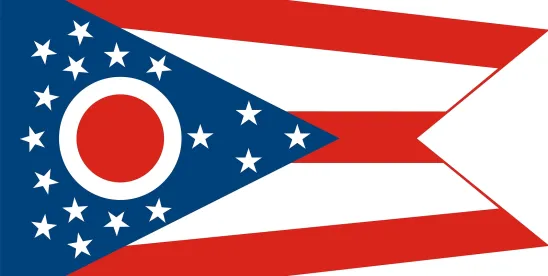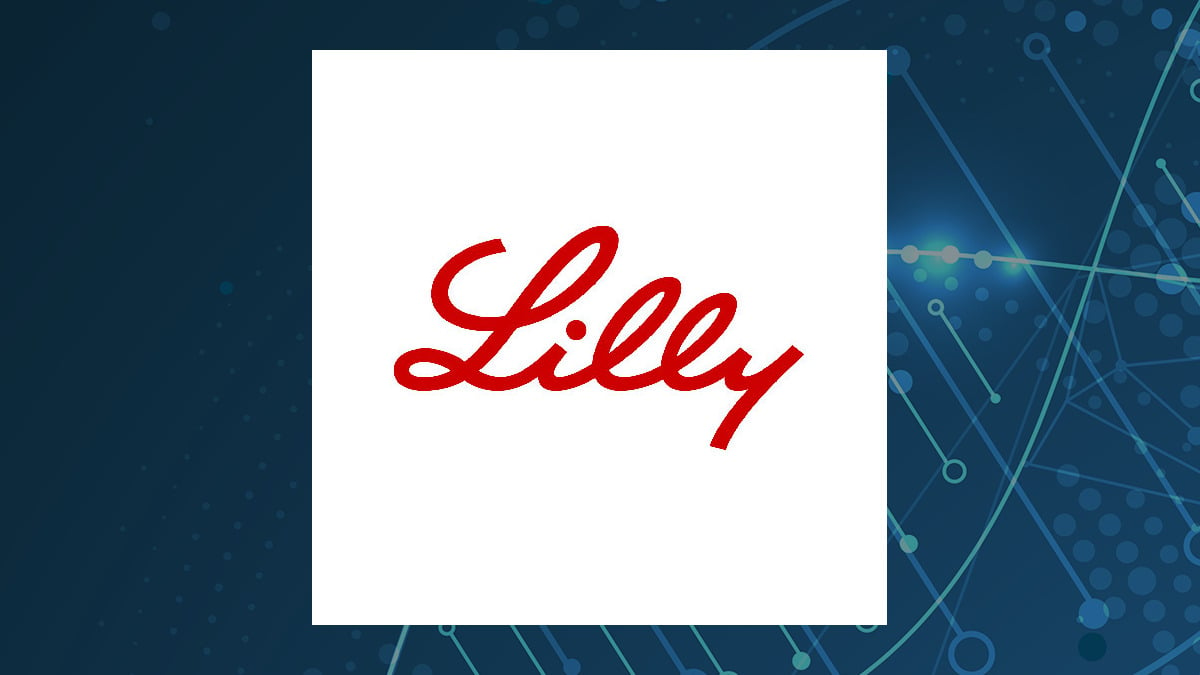Investors are closely examining the comparative strengths of two major finance companies, Charles Schwab and JPMorgan Chase & Co., as they evaluate potential investment opportunities. Both firms are significant players in the financial sector, yet they demonstrate distinct characteristics in profitability, institutional ownership, dividends, and overall market performance.
Dividend Analysis
When considering dividends, Charles Schwab offers an annual dividend of $1.08 per share, translating to a dividend yield of 1.1%. In contrast, JPMorgan Chase & Co. pays an annual dividend of $6.00 per share, yielding 2.0%. Both companies maintain healthy payout ratios, with Charles Schwab distributing 25.3% of its earnings as dividends and JPMorgan Chase & Co. at 29.7%. Notably, JPMorgan Chase & Co. has a more impressive track record, having increased its dividend for 15 consecutive years, compared to Charles Schwab’s single year of increases.
Ownership and Analyst Recommendations
Institutional investors hold a significant portion of both companies, with 84.4% of Charles Schwab’s shares owned by such entities, compared to 71.6% for JPMorgan Chase & Co.. Insider ownership reflects a similar disparity, at 6.3% for Charles Schwab and just 0.5% for JPMorgan Chase & Co.. This strong institutional backing often indicates confidence in a company’s long-term growth potential.
Current analyst ratings present an interesting picture. According to MarketBeat.com, Charles Schwab has a consensus target price of $106.45, suggesting a potential upside of 12.80%. Conversely, JPMorgan Chase & Co.‘s target price stands at $326.38, with a lower upside potential of 7.49%. Analysts appear to favor Charles Schwab based on these metrics.
Profitability and Valuation Metrics
Profitability metrics reveal that Charles Schwab boasts net margins of 35.93%, a return on equity of 21.26%, and a return on assets of 1.85%. In contrast, JPMorgan Chase & Co. has net margins of 20.90%, a return on equity of 17.18%, and a return on assets of 1.31%. These figures indicate that Charles Schwab operates with higher efficiency in generating profit from its revenues.
When assessing valuation, Charles Schwab generated gross revenue of $22.91 billion and reported earnings per share (EPS) of $4.27, resulting in a price-to-earnings (P/E) ratio of 22.10. Meanwhile, JPMorgan Chase & Co. reported gross revenue of $178.84 billion with an EPS of $20.19, yielding a lower P/E ratio of 15.04. This suggests that JPMorgan Chase & Co. may be more attractively priced relative to its earnings, despite its larger scale.
Conclusion
In summary, Charles Schwab excels in several areas, outperforming JPMorgan Chase & Co. in 11 of the 17 factors analyzed. Each company has its strengths, but potential investors may gravitate towards JPMorgan Chase & Co. for its robust dividend history and lower valuation metrics, while Charles Schwab will appeal to those looking for efficiency and growth potential.
Understanding these key differences can assist investors in making informed decisions based on their individual investment strategies and risk tolerance.







